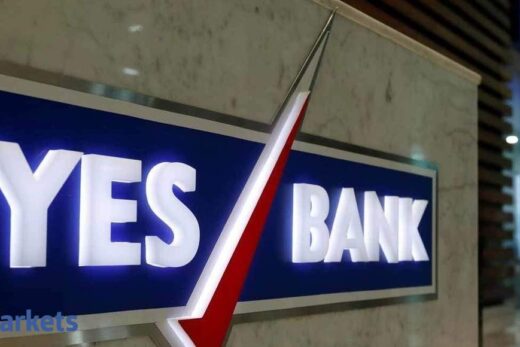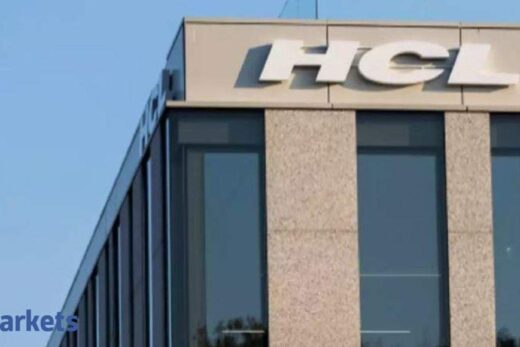Some concerns are emerging over the exuberance in the broader market. How do you look at the situation now and is the space still worthy of new investment at current valuations, especially for midcaps and smallcaps?
Valuations across the market cap categories are closer to one plus standard deviation of their long term averages, and hence, the comfort on valuations is low. However, in the mid and smallcap space, earnings recovery could be more substantial in a low-interest rate environment and can drive outperformance from an earnings growth perspective. Our continuous focus has been on finding companies with a long growth runway or those with turnaround or transformational possibilities. This portfolio selection enables us to build a core that compounds over time and is complemented by opportunities that have possible mean reversion playing out.
The chemical sector has done fairly well in the past three years and valuations are now as rich as they ever have been. Plus we are seeing IPO after IPO from that space. How do you rate the near-term and long-term prospects of the sector?
The prospects of the chemical sector continue to be quite promising with a possible reorganization of global supply chains and some market share gains for Indian chemical companies. Moreover, continued stress on backward integration and import substitution is another way to benefit Indian chemical and intermediates players. Here, one needs to differentiate between more commodity-driven companies and those with a more stable business model in contract manufacturing. We are more optimistic about companies that benefit from contract manufacturing opportunities and have good operating metrics. One may need to be a bit more cautious of the ones that have seen a significant benefit of raw materials or pricing benefits, at least in the near term. However, long term drivers might still be positive.
UTI MF has been fairly active in participating in the IPO market. Are you finding true value opportunities in the IPO space and what do you have to say to sceptics who suggest that many of these IPOs are exorbitantly priced?
UTI MF has been quite selective when participating in IPOs, and it is challenging to find opportunities that offer a significant margin of safety. However, IPOs also provide a window into some sectors with long-term potential or lead by highly disruptive and innovative enterprises. But, one has to carefully evaluate the IPOs one needs to invest in as due diligence required here would be much higher. Another way to manage risk from new IPOs could be sizing the opportunities appropriately from a risk-reward perspective.
From an investment perspective, what would you recommend as the ideal mix in allocation for small and mid-cap funds?
Asset allocation strategy depends a lot on individual risk appetite and investment goals. Hence, it is difficult to give a one-size-fits-all recommendation for an ideal mix of mid and smallcaps. One can use a broad standard to look at the mid and smallcap allocation in a benchmark like BSE 500 and then go overweight and underweight on the basis of risk appetite. Somewhere close to high teens to mid-20s would be a broad range to use.
The strategy of UTI Mid Cap and UTI Small Cap Fund has been to pick firms with a strong track record which could be momentarily witnessing a downturn. Does this still hold true?
The fund’s strategy is to build a core portfolio of stocks. Around 60-70% of the portfolio consists of companies that have a long runway of growth and complement that with companies that are currently going through a temporary phase of a downturn and have the possibility of mean reversion playing out. We endeavour to look out for leaders in the niche that the companies operate in and invest in those that have demonstrated continuous share gains, high cash flow generation and high returns on invested capital. We believe that over time, two types of companies make high returns for investors, one that has high returns on invested capital and can continue to show high growth — what we call R1 companies; or companies that have lower returns currently (R2/R3) but can migrate to R1 position. This is the core of our investment philosophy, and it continues to remain valid.



